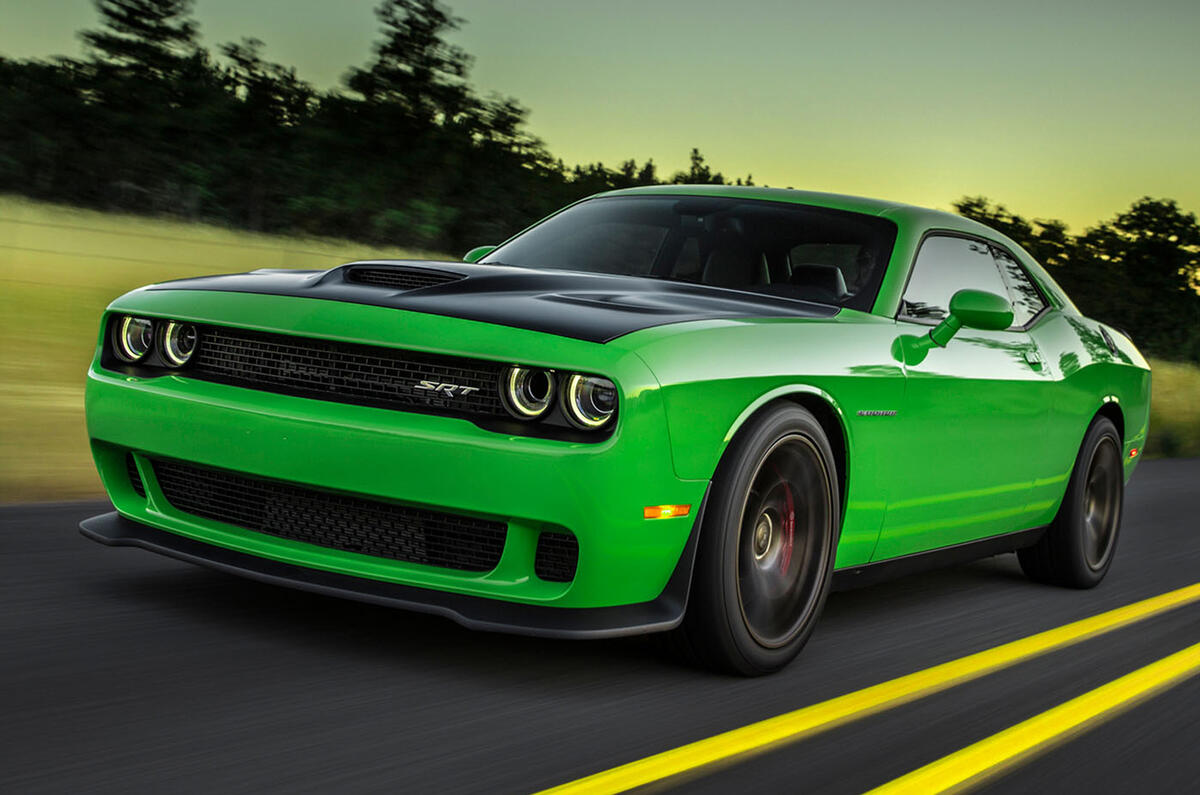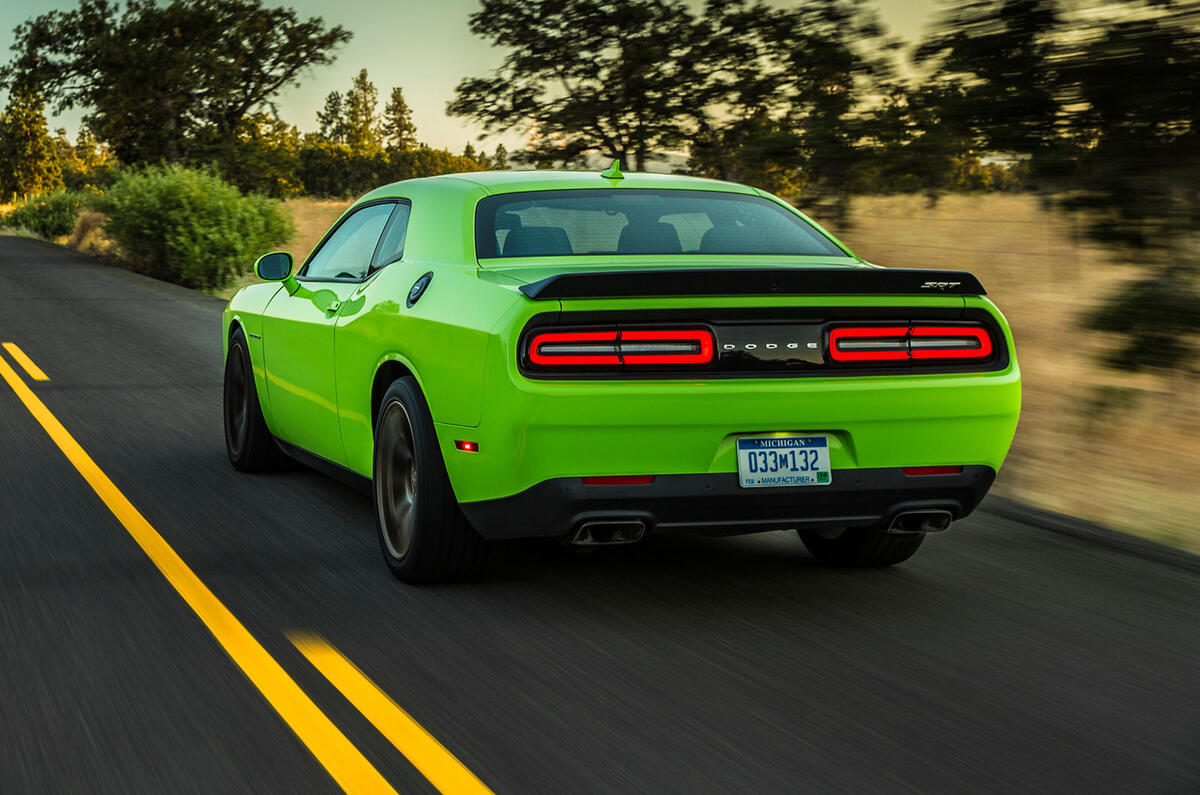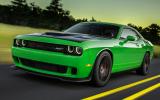The Dodge Challenger is a legendary model for Chrysler. It’s the American company’s player in pony car game and the likes of Ford’s Mustang and the Chevrolet Camaro have been its competition on and off for nearly 50 years.
The original Challenger came to market in 1969; in 2008, Dodge introduced the present, third-generation version. The large, two-door coupé uses a cut version of Chrysler’s waning LX architecture, which underpins the 300C saloon. Ford’s latest Ford Mustang GT is substantial shorter and lighter than the Challenger, for reference.
Improvements since launch include the addition of an optional ‘TorqueFlite’ eight-speed automatic transmission across the model line-up, as well as retro exterior and interior updates that mimic the iconic 1971 Challenger. There are currently 10 models for enthusiasts of the Challenger to choose from, starting with the entry-level SXT and SXT Plus powered by a 3.6-litre V6 motor paired with an eight-speed automatic. While those after a Hemi V8 can look towards the R/T, R/T Plus, R/T Shaker, R/T Shaker Plus and its 5.7-litre petrol lump and the option of a six-speed manual gearbox. The R/T Scat Pack, 392 Hemi Scat Pack Shaker and the SRT 392 all use a 6.4-litre V8 at the front (or 392-cu-in hence why 392 is in the name).
Topping the range is the Challenger SRT Hellcat which is by far the most extreme version of Dodge’s muscle car, until the SRT Demon rear its head. Its supercharged 6.2-litre V8 develops 707bhp, along with 650lb ft of torque. A six-speed manual gearbox is standard but our test car featured the optional automatic transmission.









































